Retail and Ecommerce
Retail and e-commerce are two distinct but interconnected sectors that involve the buying and selling of goods and services. Here’s an overview of each:
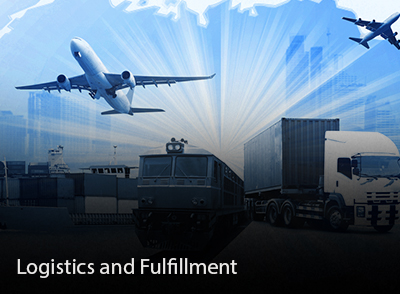

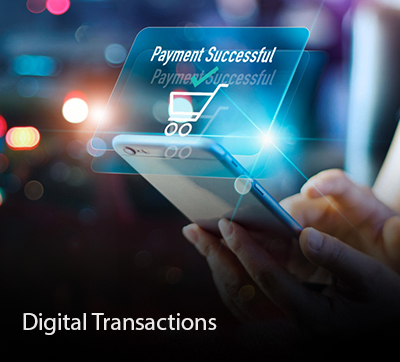


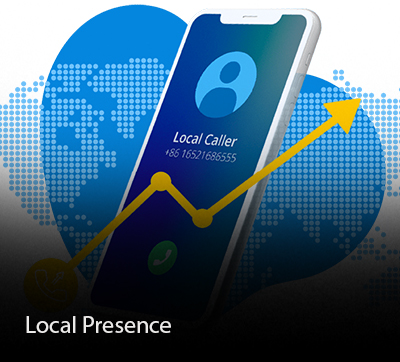
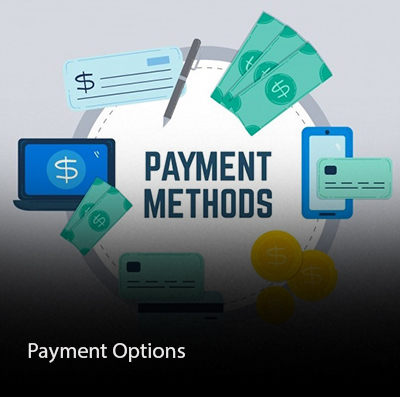
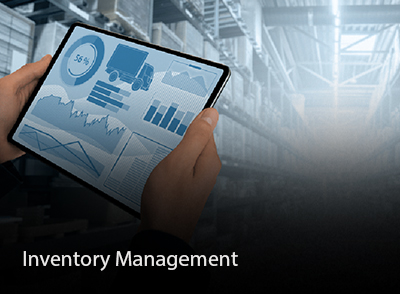
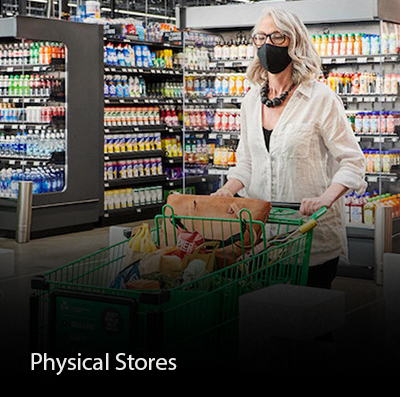

Retail
Retail refers to the sale of goods and services directly to consumers. It involves the process of acquiring products from manufacturers or wholesalers and selling them to the end-user through various channels.
Key Features
Physical Stores
Traditional retail often involves brick-and-mortar stores where customers can physically visit and make purchases.
Customer Experience
Retail places a strong emphasis on customer experience, including in-store ambiance, customer service, and product presentation.
Inventory Management
Retailers need to manage physical inventory and ensure products are stocked appropriately to meet consumer demand.
Payment Options
Retail transactions typically involve in-person payments, including cash, credit cards, and other payment methods.
Local Presence
Retail stores are often localized, serving specific communities or regions.
E-commerce
E-commerce (electronic commerce) involves buying and selling goods and services over the internet. It eliminates the need for physical storefronts, allowing businesses to operate online.
Key Features
Online Platforms
E-commerce is conducted through online platforms, including websites and mobile apps.
Global Reach
E-commerce enables businesses to reach a global audience without the constraints of physical locations.
Digital Transactions
Transactions in e-commerce are conducted digitally, with payment options such as credit cards, digital wallets, and other online payment methods.
Digital Marketing
E-commerce relies heavily on digital marketing strategies to drive online traffic, increase visibility, and enhance the online shopping experience.
Logistics and Fulfillment
E-commerce businesses need efficient logistics and fulfillment processes to handle online orders, shipping, and returns.
Retail vs E-commerce
Retail and e-commerce can complement each other in an omnichannel approach where businesses operate both physical stores and online platforms.
E-commerce has grown significantly in recent years, offering convenience and a wide range of products accessible from anywhere with an internet connection.
Traditional retail may focus on creating in-store experiences, while e-commerce emphasizes user-friendly online interfaces and seamless digital transactions.
Trends
The retail industry is adapting by incorporating technology (e.g., digital displays, smart mirrors) to enhance the in-store experience.
E-commerce continues to evolve with innovations such as augmented reality (AR) for virtual try-ons and artificial intelligence (AI) for personalized recommendations.
In the modern business landscape, many retailers leverage both traditional and digital channels to provide a seamless and integrated shopping experience for consumers. The distinction between retail and e-commerce is becoming less defined as businesses embrace a multichannel approach to meet consumer preferences.
